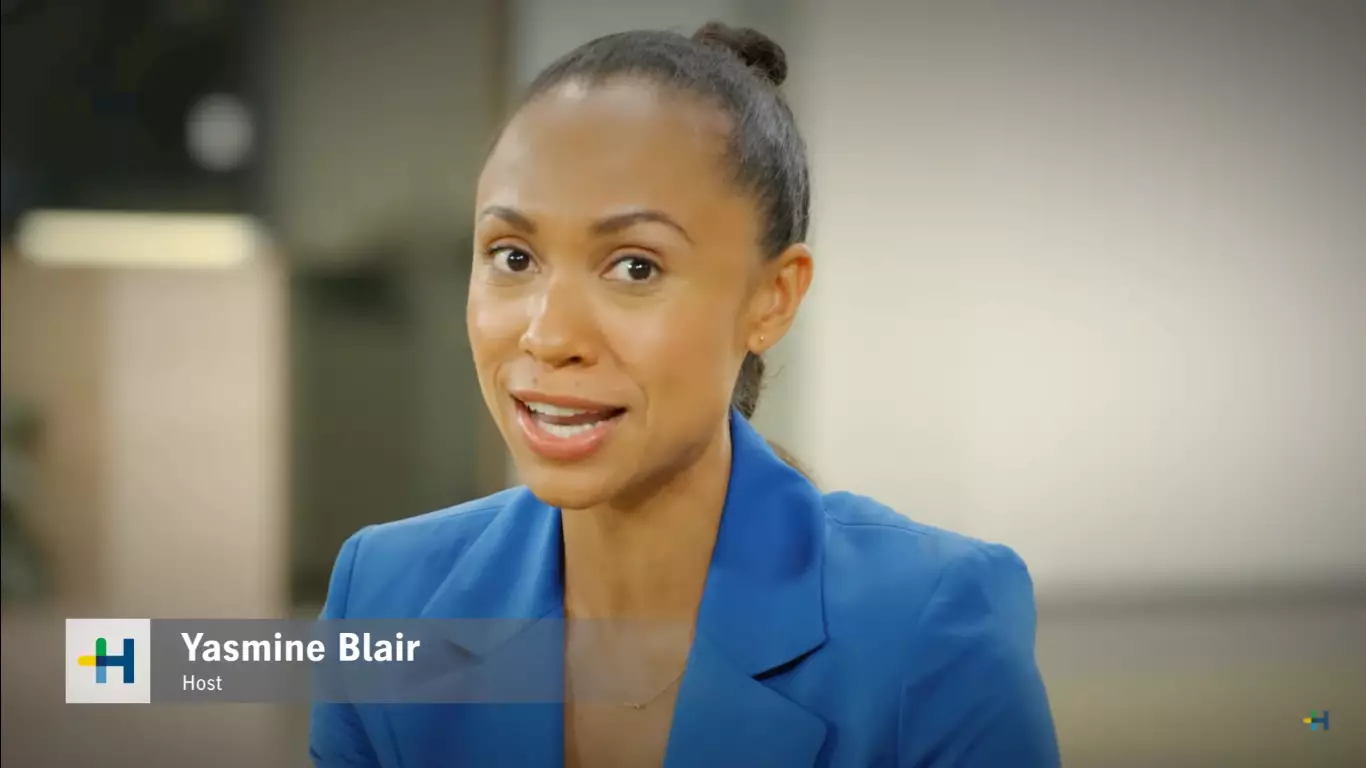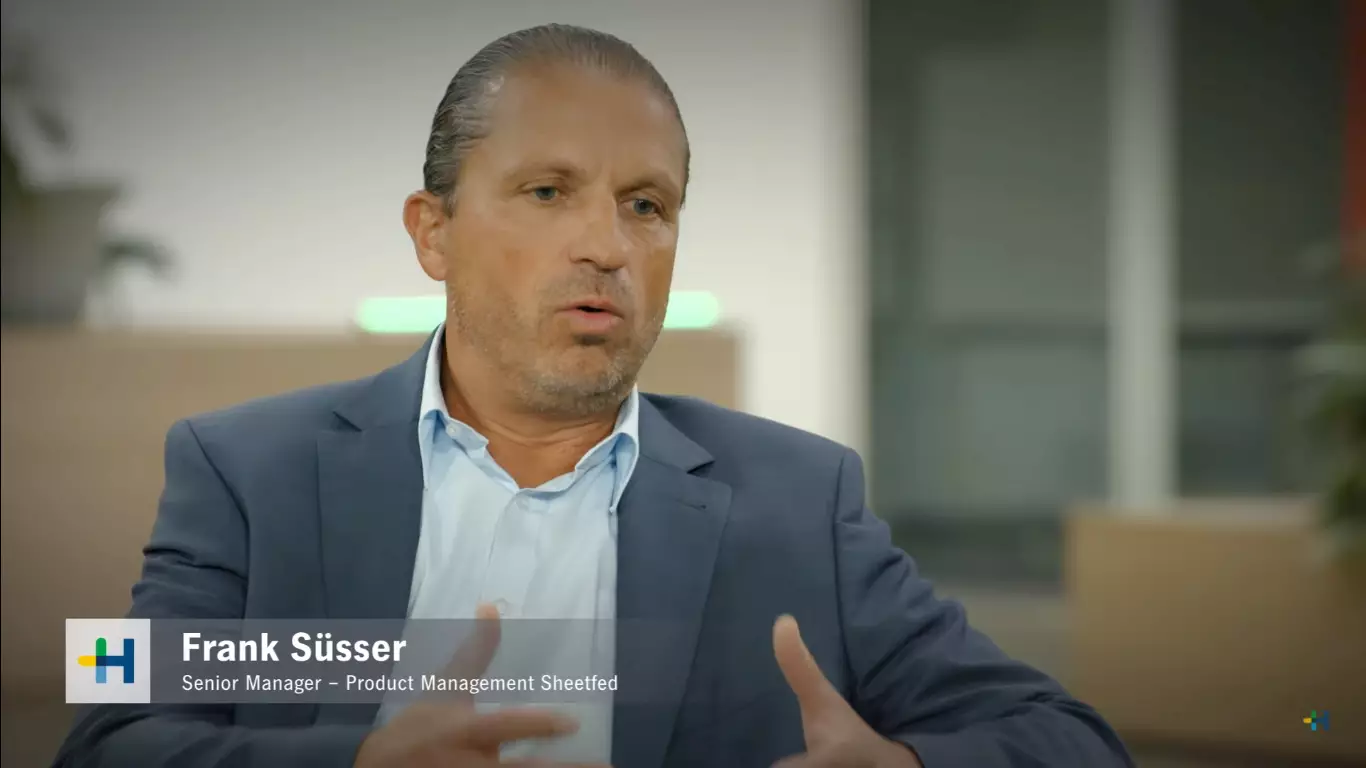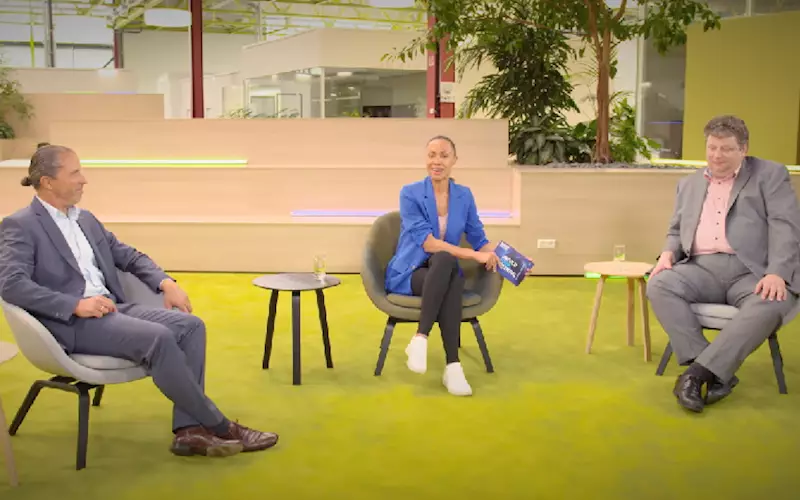Day five of Heidelberg Innovation Week: Short runs in packaging printing
How can packaging even as short runs, example: test runs or promotions, be produced economically? What influence does the printing method have? Can web to box provide additional orders? Are there clever solutions for special colors, collected forms and post-press?
25 Oct 2020 | By Charmiane Alexander
The above topics were discussed on the final day of the Heidelberg Innovation Week. The discussion was hosted by Yasmine Blair with Jorg Dahnhardt, head of postpress business management and Frank Susser, senior manager, product management sheetfed on the panel.
Yasmine Blair (YB): We normally think of large runs when we think of packaging printing. So at what figure do we actually speak of short runs? Is it 500, 1,000 or more?
Jorg Dahnhardt (JD): We typically look at sheets. That's because we have a sheet-based workflow, we put sheets through the press through the die-cutter, and then through the folding carton door. That's single blanks already. That's why you could count either way.
Let's discuss why we actually see the short runs. There are two very different components that contribute to it. One is the one-time events like weddings, big product launches or trade shows. That’s when there would be a need for a certain amount of boxes aimed at a certain event ordered a single time. These events are a great opportunity to have customised boxes as giveaways.
On the other side are short runs which are generated for instances through the brand owners who might want to deliver products to two different logistics points or to fulfil concepts like just in time. So rather than ordering 2-lakh boxes, they order 10 times 20,000 boxes. So, if you break down the boxes to sheet, you’d possibly use no more than 3,000 eight-up sheets.
When you are tackling short runs, a lot depends on the kind of equipment that’s available at the print shop. Old workflow, pre-press systems, presses and more manual touch points, creates disturbances in producing short runs, because, with older equipment, makereadies require time and skill. Hence, after your job is ready, it does not matter if it’s short run or long run. It just needs to be printed and finished. It’s the disturbances in the makeready times that are critical to a job. Hence, I will not be able to tell you what the exact short-run number is.
However, we do make sure that a customer is able to produce such short runs economically.
So what we want to make sure is that for each customer, a short run is defined, each customer needs to be able to produce that run still economically, right. And that's typically where that economy starts to look a little shady. That's where the short run territory begins. And that's why I can't really tell you just one number and that's where the short run begins. It's rather a wide range.

YB: There are certain challenges for print shops particularly when we talk about short runs. So which solutions do you offer as a partner to support your customers with all of these challenges?
Frank Susser (FS): If you have a lot of short runs, makeready processes increase. It is important that these processes are optimised, standardised and automated. It is also important that the right material is available at the right time and right place. For example, printing plates, the inks, or the coating plate, and of course the right sequence of jobs to avoid colour changes, have to be available so that they can be fed into the presses for the production to begin, without any waste of time.
From the Heidelberg solution point of view, I always start with the workflow or predictable workflow, where you can organise the jobs according to the best production schedule to complete the process chain. If you are looking at the press, the 40-inch format Speedmaster XL 106 can be equipped with a lot of automation. That means the processes run simultaneously. If you look at the plate to unit innovation the plates can be directly brought to the set printing unit and the auto plate system can load or change the plate. So there’s no operator intervention in the process. That means it is possible to run a job in five minutes, after the previous job.
Further, if you add the high-colour multi-drive system, which allows you to change the ink which is not needed in production, there’s a further potential to quicken the job. Plus, there’s the wash-up assistant and rollers, to reduce production time.
In the 29-inch format we have the XL 75 with the Anicolor technology with all the features like Multicolour system and the assistants, to help produce short runs profitably.
YB: Why don't we take a closer look at that Multicolour? What is the Multicolour principle? And what are the great advantages that this multicolour technology brings for your customers?
JD: Multicolor is basically an extended colour space, where you add three additional colours – orange, green and violet, to the four-colours – CMYK. The idea is to reduce usage of spot colour. If you look at the prints with naked eyes they look like prints produced with spot colour, but it’s actually produced using these seven colours.

It’s not a new concept, because it’s used in digital printing as well, a space where offset is competing with. But then with offset we can actually do more. There’s the possibility to add an eighth or a ninth unit. So, you can add metallic for special effects.
But let me come back to spot colours and the advantages of Multicolour here. If you look at any Heidelberg press, and use the Multicolour process, you are basically cutting down on the wash-up times with every single makeready. As long as you stay in the makeready colour space – it’s as simple as changing from a four-colour job to another four-colour job, or a seven-colour job to a seven-colour job. You don’t have to exchange inks. All the wash up times in between can make up to over 1,200 hours per year.
The other component is you can add a wider range of spot colours on the same sheet of paper with one single pass through the press. You don't have to come back to add spot colours number five, six and seven.
YB: So you're speaking of a very high amount of time saving right there, which I think is very interesting for your customers?
JD: You don't have to think of an ink storage room that has 1,500 different inks, but instead has basically seven, or maybe metallics or maybe print varnishYou're enabling yourself to gain those digital capabilities that so many people believe offset doesn't have.
YB: So what is the connection between Multicolor, Anicolour, and also the benefits here for your customers?
FS: Anicolor technology has established itself over the last years, especially when we introduced the XL 75. We have a great solution for printing short runs. Because with the Anicolor technology you can reduce your waste dramatically and that is a big area which comes in short run. So our customers who are using Anicolour technology say that that they could reduce their material costs by 1,50,000 euros per year.
If you print a small area on a big solid, it doesn't matter. There are no adjustments needed. It means also if you change from one job to the other, there is no adjustment and that is also something which reduces the handling of the machine very easily for the operators.
So if you now combine that with a Multicolour technology, and you have no change in the inks, then you can print one job after the other, with more or less no adjustment on the machine. So the combination makes a lot of sense, the combination makes a lot of sense.
YB: Can you explain Heidelberg’s digitally integrated solutions, and how do they allow shortest runs to be produced profitable?
FS: I think very important is really that if you want to go in short runs, you have to standardise and automate your complete process. So with the printing production workflow, which we have available, we have everything integrated from pre-press to post press, reducing touch points to accelerate production.
With our Prinect Production Manager, you have even the possibility of planning print jobs in a forward direction.
Also interesting, of course, is the philosophy of Push-To-Stop from Heidelberg. We started it a couple of years ago, mainly in the commercial area, where we had big success. So autonomous printing, without the touch of an operator on navigated printing provides the operation with the information on what he has to do on the press. This is something that will be helpful even to the packaging market, especially when it comes to short runs.

YB: Obviously, the demand for short run prints is there and there are different opportunities. What should the printing companies do to meet the demands of their clients and customers? How are they able to retain these customers?
JD: At Heidelberg, we have actually developed a cloud-based tool that we're currently testing in one country. It is called Box Uni. Box Uni is cloud based, and it interacts with the three main participants in the folding carton production workflow. It interacts with a structural designer, the brand owner and, and is the packaging designer, and then the pre-press area of the printer. It’s a tool where the three stakeholders collaborate to design a box, sample it with 3D rendering. It’s a PDF file, pretty much what’s used in the industry. It is a software that nobody needs to own.
And then the brand owner artistic designer can then really add the graphics to it and create a layout that then is really the box itself, it's basically showing a 3D rendering of the box, you can actually open it, it's an open PDF, that pretty much industry standard, but what's not industry standard is that nobody needs to own anything of the of the software. We are providing all those tools at a very high professional level, rather than you going out and buying that all by yourself and hoping that you buy the right thing and that you have the right version.
We are testing it currently in one market and have good results so far.
YB: How do I achieve maximum flexibility in post-press to avoid bottlenecks? What would be your attempt to your customers?
JD: You have to find an efficient way on how you use conventional tools, because one uses the tools over and over again, so it makes sense to invest in a full set of tools. But if you don't have those, if you're looking at more event based jobs, then you have basically two possibilities either you try to go to a smaller format to make the run length a bit longer, and then maybe even longer on the die-cutter. So we have for instance a small form of die-cutter, it's called a Multimatrix, just 60-cm wide.
But you know, for most boxes, they're not wider than 60 cms. So if it's just about ordering a die as a single up, but that is the most cost efficient way to do that. However, it might be more cost efficient not to order a die at all and to use a laser cutter. It gives me great pleasure to say that we are introducing a line of laser cutters, not just one, but actually a line of laser cutters.
The Digimatrix 106 LR laser die-cutting and a rotary creasing machine. It is a 106-mm size machine matching the format of our Speedmaster XL 106 press. But we are also in preparations and in pre-launch stages of a smaller format laser cutter that will also join the Digimatrix family sometime next year. So that we can actually work together with the XL 75, CX or SX, as well as XL 106.
We also offer the Dianna go, a folder-gluer, which is less than 10 meter long. It's a very compact folding-gluer, that can be adjusted quickly. And if you do a good job in scheduling your jobs from the post-press perspective, you can really minimise your makeready times
So we have, we have been growing our portfolio here in a very strategic manner, on the high-end side, but also at a customised level.











 See All
See All